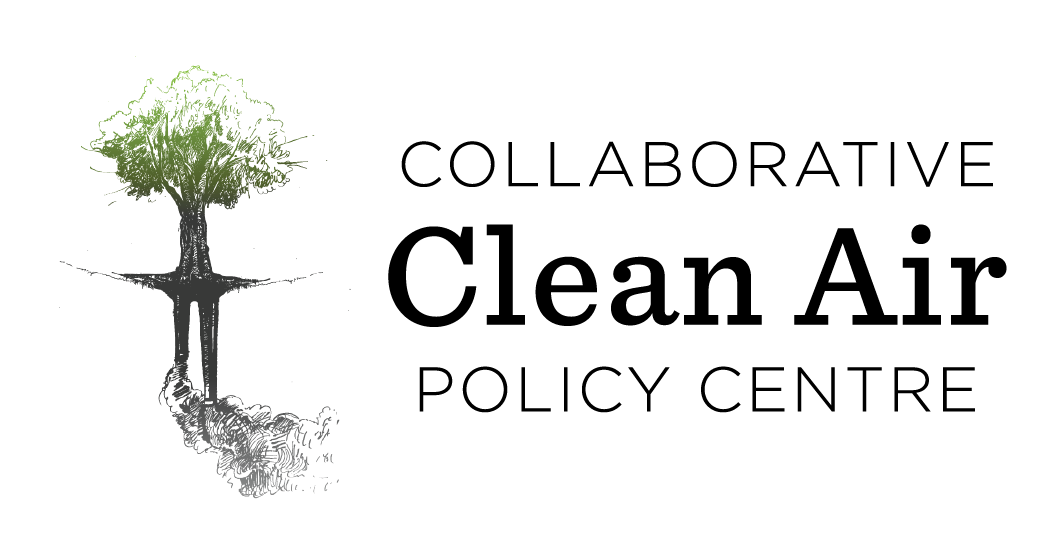Beyond Ujjwala: Ideas to enhance LPG use sustainably
Ann Josey, Ashok Sreenivas, Ashwini Dabadge.
Reviewed by Abhishek Jain. Edited by Santosh Harish and Kirk R. Smith.
Executive Summary
The Pradhan Mantri Ujjwala Yojana (PMUY) has been successful in providing LPG connections to nearly every household in the country. However, LPG consumption by PMUY beneficiaries and other poor households is quite low. For example, in 2017-18, the average consumption of LPG by a PMUY household was only 3.4 cylinders per annum in contrast with 5.5 cylinders by an average rural household and 7.4 by an average urban household. As a result, the larger objectives of the programme regarding improving health outcomes for rural women and children remain unmet. This calls for interventions that can help increase LPG consumption by poor and rural households.
There are three challenges that need to be overcome for this: affordability, reliable access and behaviour change. In this paper, we provide some suggestions to address the affordability and reliable access challenges. To address affordability, the following measures are proposed:
The current loan scheme under PMUY forces households to buy cylinders at unsubsidised prices until the loans are repaid, thus discouraging them from purchasing refills. Therefore, this should be phased out. This will only involve a one-time cost.
An increased and graded subsidy may be provided to PMUY and poor consumers which can be tapered off over a period of, say, four years. Providing such a subsidy will encourage them to consume greater quantities of LPG, and over time they are more likely to be willing to pay the normal subsidised price. This will require recurring expenditure for at least some years.
There are concerns about subsidy amounts being deposited into customer accounts with some delay, which can be a concern for poor consumers with cash-flow challenges. Digital technology can easily be leveraged to address this and ensure prompt subsidy credit to consumer accounts. This will promote digital transactions in addition to addressing cash-flow challenges.
Adopting such measures would result in increased financial burden, which is also a social investment by the government. Some measures to ameliorate this increased subsidy are suggested such as:
The number of subsidised cylinders per annum provided to households can be reduced from the current 12 to 9, which would be sufficient for most households.
It is possible to increase the efficiency of LPG stoves by more than 10 percentage points, by introducing mandatory standards and labelling for LPG stoves, and expediting a market transformation to efficient stoves. This would reduce LPG consumption significantly, thus not only reducing subsidy but having additional benefits such as reducing India’s import bill and saving on GHG emissions.
The subsidy net is currently cast wide, with over 85% of customers being subsidised. There is room to improve targeting of subsidy and thus reduce subsidy requirements. Measures to do this include gradually moving to an opt-in rather than opt-out mechanism for most non PMUY and poor consumers, and by using other wealth indicators to weed out those who need not be subsidised.
The financial burden of subsidy can be shared with other ministries (such as the Health ministry) and state governments, since they also gain from improved usage of LPG. Moreover, their expertise and field presence can also be leveraged for the purpose of encouraging LPG usage.
The government could consider using a small part – estimates suggest that 3% should be sufficient – of the various cess amounts being collected for this purpose.
A combination of the above measures can generate the resources required for the extra subsidy for encouraging sustained use of LPG. However, this is possible only if rural distributors are viable and accountable for their quality of service. Some suggestions are provided to enable this as follows.
Rural distributors can be given a performance-based incentive, based on refill sales to poor and PMUY consumers. This will encourage them to provide good quality of service and supply to their consumers.
The ministry should define a detailed document on standards of performance for distributors as well as oil marketing companies, which includes minimum service requirements, penalties and escalation mechanisms. Data about the performance of distributors and oil marketing companies on the parameters defined in the standards of performance document should be publicly available. This can be augmented by public accountability mechanisms for distributors.
The measures as indicated above attempt to address many of the challenges currently preventing greater LPG uptake. These include issues of affordability by consumers, financial requirements to address the affordability challenge and increasing viability and accountability of rural LPG distribution. We believe that a combination of these measures can go a long way in increasing LPG uptake by poor consumers on a sustained basis, and help address the severe health and gender challenge associated with use of solid fuels for cooking in Indian households.
